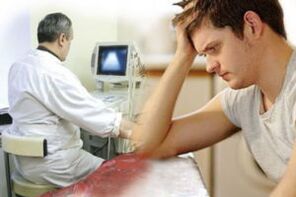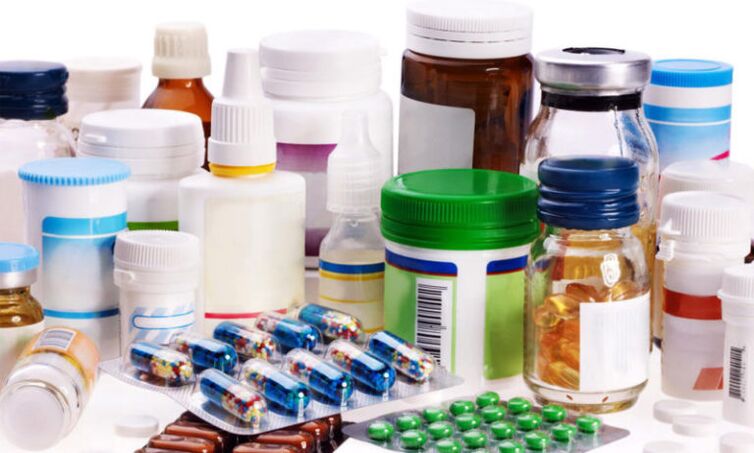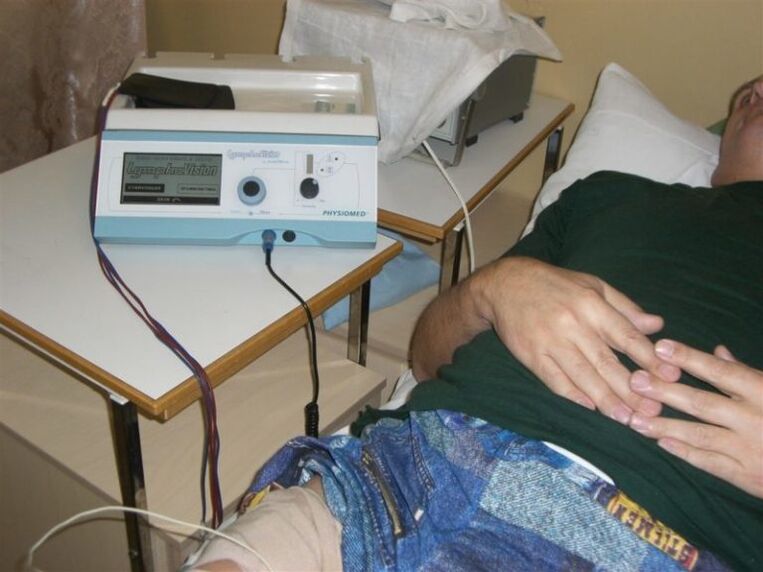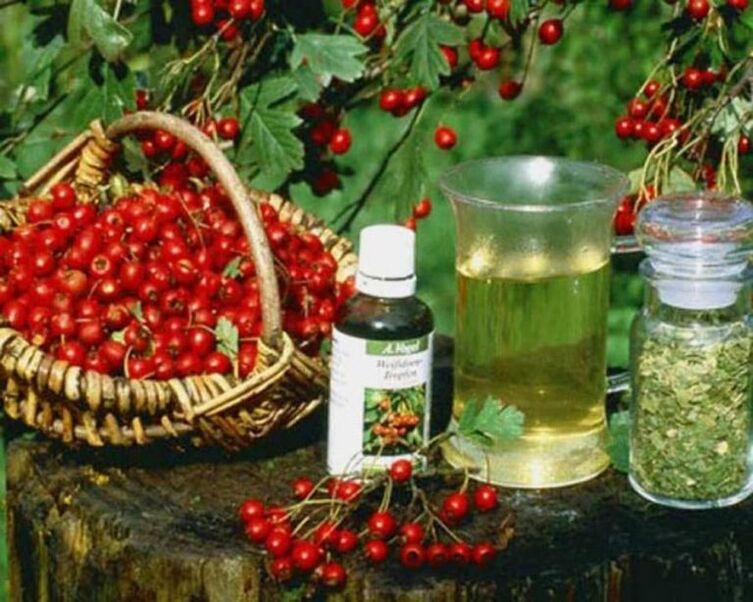
It is not enough to think about how to cure prostatitis in men, you still need to approach this issue competently. A combination of traditional and traditional therapy will be effective. Initially, you should undergo a thorough examination and only then look for a competent treatment approach. Below you will learn how to heal the prostate.
Symptoms of prostatitis
To start timely treatment you need to know how the disease manifests itself at an early stage. First symptoms of prostatitis:
- pain in the perineal region;
- difficulty urinating;
- decreased sexual intercourse.
If the disease has progressed to a chronic stage, then these symptoms are not so pronounced and periodically bother me. The chronic form of prostatitis is characterized by periods of exacerbation.
How to treat chronic prostatitis with drugs
Many people wonder if it is possible to get rid of chronic prostatitis. I must immediately say yes, but on one condition: you can not be self-employed. First of all, the doctor needs to find the right medication.
Of course prostatitis can take many different forms, depending on the choice of medication.
If the disease has a bacterial course, antibiotics will not work here. The exception is test treatment, in which an antibacterial agent is selected to confirm or rule out the infectious nature of prostatitis. Of course, initially the body is examined, only then will it be possible to take therapeutic measures.
Antibacterial drug therapy
Antibiotics are the first choice for inflammation of the prostate. They can have the following effects on the lit area:
- In a short time, antibiotics localize the infectious process.
- By eliminating the main causative agent of the disease, prostate inflammation resolves quickly.
- Antibiotics are prescribed.

In addition to antibiotic therapy, additional treatment is needed:
- prostate massage;
- in medical gymnastics;
- physiotherapy;
- Immunostimulatory drugs;
- Painkillers.
The course of treatment for chronic prostatitis is long and is conducted only under the supervision of a physician. If the patient has parenchymal or follicular type prostatitis, it is necessary to take medication in high doses, only then the therapeutic effect is achieved.
Antibacterial drugs are divided into broad-spectrum drugs and fluoroquinolone drugs.
How are antibiotics used? If tests show a certain type of bacteria, this antibiotic will be selected according to these indicators. So depending on the type of microorganism, certain medications may be suitable:
Antibiotics of a number of macrolides, tetracyclines, and fluoroquinolones will be effective in detecting ureaplasma, mycoplasma, and chlamydia in- .
- Gonococci are eliminated by almost all types of antimicrobials except the tetracycline series. The same can be said for Escherichia coli, in which macrolides alone will not be effective.
Which drugs are prescribed most often? Fluoroquinolones. These are the most potent antibiotics and are most often prescribed for prostate tuberculosis. They also have side effects. In the first place is the neurotoxicity of the drug, which affects the brain, in the second - phototoxicity, which reduces the ability of cells to be exposed to ultraviolet radiation.
Thefluoroquinolone group includes the following drugs:
- ciprofloxacin;
- levofloxacin;
As all of these drugs have certain side effects, they are not prescribed for the following diseases and conditions:
- Diabetes mellitus;
- intolerance to one or more components;
- drug;
- epilepsy;
- Under 18 years.
Macrolides are the latest generation of antibiotics. They have a wide range of action and are not as toxic as other antimicrobials. But during prostatitis they are not prescribed so often. Azithromycin is commonly used.
How to treat, what type of antibacterial drugs, only the attending physician will answer. Medication is selected based on laboratory tests.
Action of nonsteroidal anti-inflammatory drugs
These medications are used in chronic edematous prostatitis. Their action is as follows:
- improves blood microcirculation in the pelvic organs;
- normalize secretion outflow;
- reduce inflammation;
- has a beneficial effect on the urinary process;
- helps to increase potency and improve the general condition of men.
Nonsteroidal anti-inflammatory drugs are used only with a doctor's prescription.
Physiotherapy
The course of physiotherapy is individually selected in conjunction with medical treatment. Equipment physiotherapy may include the following procedures:
- Galvanic. Prostatitis is treated in a direct course.
- Electrophoresis as a galvanizing option with the use of drugs.
- Ultrasound. A rectal emitter is used.
- Magnetotherapy. It is prescribed for many, since it has no contraindications.
Physiotherapy methods are compatible with all medications. For the most part, these methods have no side effects except in cases of individual intolerance.

How to treat prostatitis with massage? This method also belongs to physiotherapy. The task of massage is to remove inert secretion from the body. In addition, prostate stimulation improves blood circulation in this area.
All operations are performed through the anus. The massage is performed through the wall of the rectum. In this case the doctor controls the secretion. If no liquid appears, then this indicates complications of the disease.
To achieve a therapeutic effect, you will need an average of 10 massages. You can massage yourself, but first you have to learn this, because spontaneous actions can cause the right damage and cause damage to the rectum.
Exercise is also important during illness. Therefore, the doctor develops a series of exercises that will help remove prostatitis in the complex. The purpose of fitness training is to improve the blood supply to the body, as well as to normalize metabolic processes.
Analgesic therapy
Treatment of prostatitis is not limited to antibiotics, medications, and actions that improve microcirculation and nonsteroidal anti-inflammatory drugs. It is very important to deal with the pain that occurs during an illness. In this case, your doctor will prescribe oral analgesics. In addition, they fight depressive states in men.
Their action is aimed at temporarily reducing pain and improving glandular tone. The tablets are prescribed based on the symptoms identified by the urologist and the individual parameters of the patient. Allergic background and the presence of concomitant diseases in the patient are taken into account.
Traditional methods of treatment
Traditional methods will be effective at the onset of the disease. Therefore, try to start treating the disease at the first sign of illness.
Benefits and benefits of home remedies are as follows:

- Only natural ingredients are used that can not harm the body.
- Medications do not cause addiction like, for example, some pharmacological remedies.
- From the available products, you can prepare the medicine in a short time, besides, it does not cost much.
If we talk about phytotherapy, medicinal plants, fruits, berries, roots are used here. Most often, they are aimed at relieving inflammation in the prostate gland. The most popular recipes include the following:
- Sowing pumpkin seeds.They contain zinc, which is essential for the normal functioning of the male body. 500 g of seeds (not just fried) should be ground into a powder. Then, mix the pumpkin seeds with 200 g of honey and form into small balls the size of a hazelnut. Eat such a ball, chew well, 2 times a day before meals. Store the rest in the refrigerator. You can just eat 30 pumpkin seeds a day before eating, this treatment will also improve.
- Hazel.or the bark or leaves of the plant may be used. We must remember that making the crust takes 2 times more time. Put 50 g of leaf in 400 g of boiling water and leave for half an hour. When the bark is ripe, keep the infusion for 1 hour. Take the product 4 times a day, 150 ml.
To get rid of prostatitis once and for all, you need to follow many rules for a long time. First of all, you need medication therapy, which should be combined with diet and active lifestyle. Second, physiotherapy is used, which includes technical techniques, prostate massage, and physiotherapy exercises. Symptomatic treatment, concomitant therapy, as well as psychotherapy play an important role. Ultimately, all of these actions should lead to positive results.































